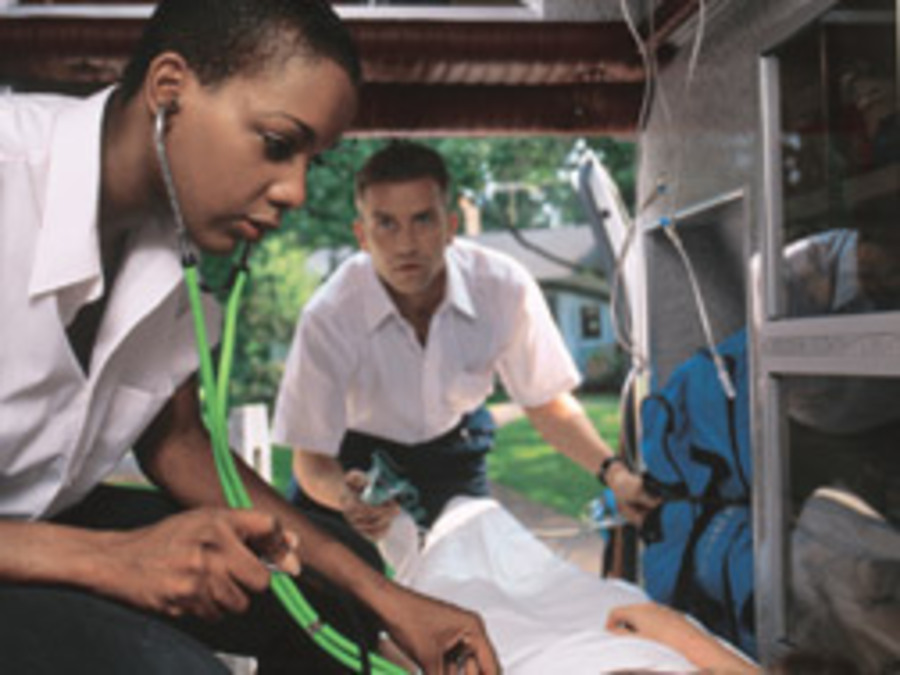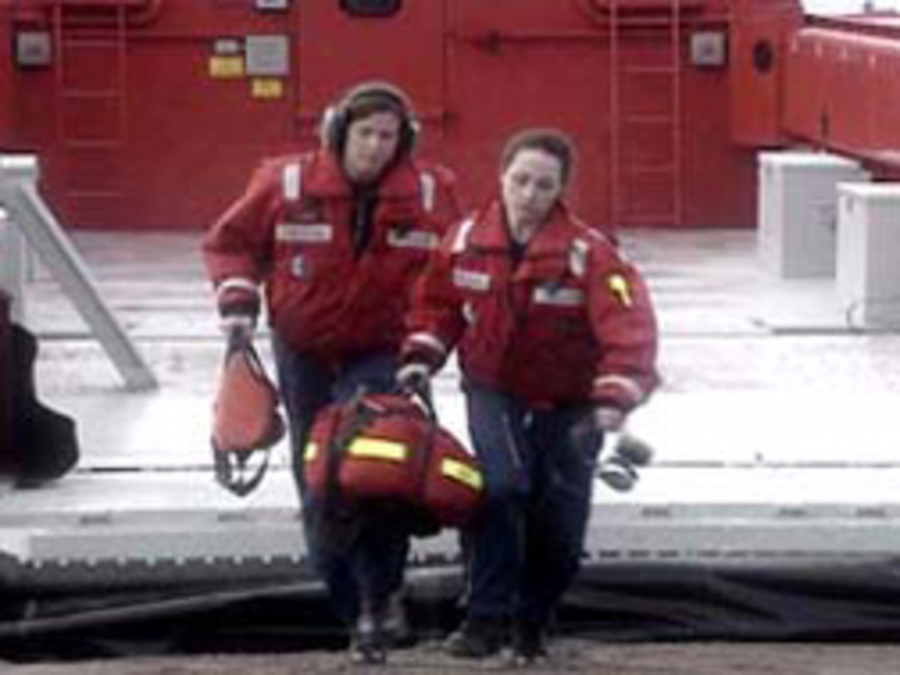 Try these videos to get started. Must be on campus or login with your COM account for off campus access.
Try these videos to get started. Must be on campus or login with your COM account for off campus access.
Want more on finding media? Try Articles & Media.
-
EMT (22:00)
This program guides students through the duties of the EMT-Basic and EMT-Paramedic, the skills and personality traits both require, and the financial and personal advantages that these positions offer. Featuring interviews with veterans of the profession, the program describes the 110-hour class and national or state registry exam an aspiring EMT must complete, along with specific functions—for EMT-Bs, supporting an ambulance team in the field and during patient transport, maintaining vitals and airwave access, controlling bleeding, basic splinting, and applying a cervical collar; and for EMT-Paramedics, traction splinting, patient status assessment, and other functions that prepare patients for emergency room care. Correlates to national and state board certification standards.
-
The NYPD Emergency Services Unit (53:00)
When someone is in trouble, they call the police; when the police are in trouble, they call ESU. This program travels with the highly trained, heavily armed officers of the NYPD’s Emergency Services Unit who specialize in forced entries, raids, and situations where the violence or potential for extreme violence are more than ordinary police are prepared to handle. Cameras capture ongoing operations as the ESU storms a crack house and responds to emergency calls.
-
Rescue (24:00)
Meet three trailblazing women who have embarked on successful careers as EMT and rescue personnel. This program profiles Danielle Gagnon, a paramedic in Montreal’s emergency medical service; Julie De Grandpre, a rescue diver in the Canadian Coast Guard; and Pamela Kryskow, a firefighter with experience in a wide variety of emergencies. Remarks from co-workers and supervisors provide additional layers to the descriptions of each job.
![]() Try these videos to get started. Must be on campus or login with your COM account for off campus access.
Try these videos to get started. Must be on campus or login with your COM account for off campus access.

